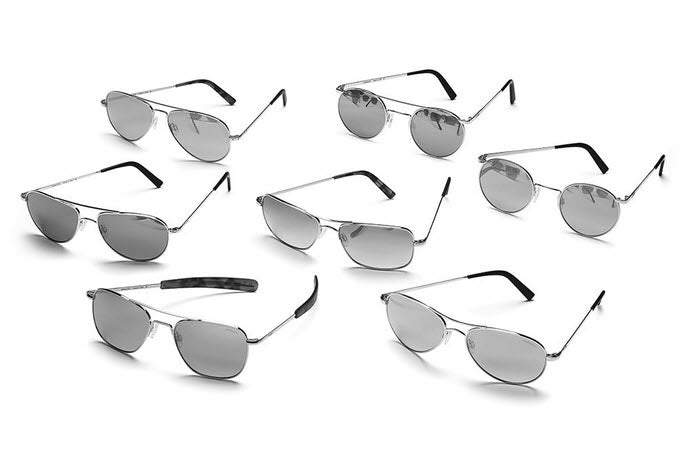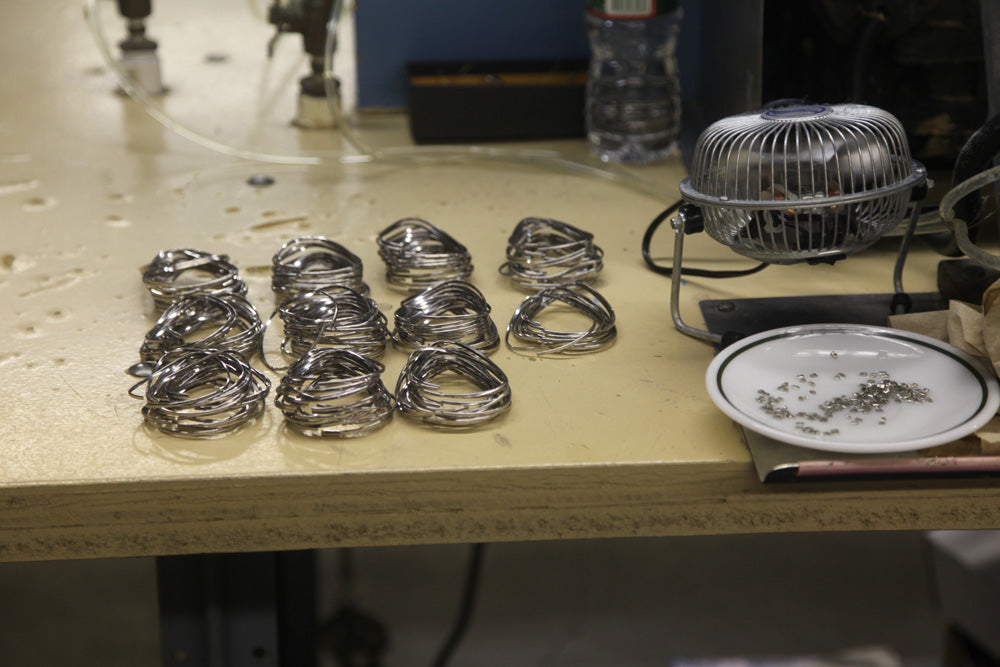Ultraviolet Radiation and Your Eyes
The American Academy of Ophthalmology has produced a document on "Ocular Ultraviolet Radiation Hazards In Sunlight" which details many of their concerns about ultraviolet radiation and your eyes.
The 3 Components Of UV Radiation
Ultraviolet radiation is normally separated into 3 components: UVA which is in the 315-400 nanmeter wavelength, UVB which is in the 280-315 nanometer wavelength, and UVC which is in the 100-280 nanometer wavelength.
UVA has a lower energy level but it does penetrate much deeper into the eye which can result in injury and damage to your eyes.
As the longest UV ray it is not absorbed at all by the ozone layer, and is a risk to unprotected eyes when subjected to these rays for a prolonged time frame.
Sunlight Related Eye Diseases
The erythemal action spectrum shows that UVA does not cause an immediate reaction. but rather UVA begins to cause photokeratitis and skin redness at wavelengths starting near the beginning of the UV-B band at 315nm, and rapidly increasing to 300nm.
Evidence from accidents and studies have shown that UVB ultraviolet radiation is more dangerous because of its higher energy levels. Overexposure to UVB radiation can not only cause sunburn but some forms of skin cancer as well.
The World Health Organization (WHO) classifies this broad-spectrum ultraviolet light radiation as a Group 1 carcinogen. UV-B light can cause direct DNA damage and is one of the reasons for concern over the depletion of the ozone layer. Skin and eyes are most sensitive to damage by ultraviolet radiation at 265 to 275 nanometers, which is in the UV-C wavelength band. Light of this wavelength is almost absent from sunlight, but is commonly found in artificial light sources like welder's arcs. Exposure to UV-C can lead to cataracts and ptergium in the eyes.
What Part Of The Eye Can Be Damaged?

The stronger UVB ultraviolet radiation can damage the lens in your eyes while UVA ultraviolet radiation penetrates deep enough to damage the retina of your eye if the exposure is intense and long enough.
The Vision Council has issued a Safety Report which states:
"Perhaps most devastating is the fact that while vision loss is among the top 10 disabilities among American adults aged 18 years and older, 90 percent of eye injuries are preventable. ... Men between the ages of 25-44 comprise 80 percent of all workplace eye injury victims."
Studies have shown that ultraviolet radiation can contribute to the development of various eye disorders including cataracts, pterygium, cancer of the skin around the eye, photokeratitis and corneal degenerative changes. Cataracts become increasingly common with age, and laboratory studies have shown that ultraviolet radiation is a cause of cataracts, and epidemiological studies have shown that people with a history of higher exposure to ultraviolet radiation - particularly UV-B radiation - are more likely to have cataracts.
Who Is At Risk?
Everyone is at risk, and no one is immune to ultraviolet radiation caused eye disorders. Some of the occupations with higher risks are:- Aircraft Pilots;
- Construction Workers;
- Over The Road Drivers;
- Jobs On Large Bodies Of Water;
- Anyone Who Works Outdoors.
What Factors Are Important To Risk?
Anything or situation that increases your eyes to sunlight exposure will increase your risk for ocular damage from ultraviolet radiation. Anyone whose work or recreation involves lengthy exposure to sunlight are at the greatest risk.
The risk is greatest between the hours of 10:00am and 3:00pm, as well as any activities where ultraviolet radiation is reflected of surfaces like snow, water and sand. The nearer the equator the greater the risk, so US residents in the South are at greater risk.
UV Rankings Across America
Which areas in the U.S. have the highest (and lowest) ultraviolet ray threats? See the map below and find out:

Ultraviolet Radiation Video
Sunglasses To The Rescue!
Clearly a good pair of sunglasses which absorb 98-100% of harmful ultraviolet radiation are the best protection against ocular damage or injury. But when purchasing a pair of sunglasses make sure that they provide specific information about how much ultraviolet radiation they absorb and avoid sunglasses labeled as "block harmful UV" without saying how much.
Sunglasses On Our Website
You can find a great selection of sunglasses here: Sunglasses
Keep your eyes cool and protected today my friend!

p.s. Please share "Ultraviolet Radiation and Your Eyes" with your friends on social media.




Leave a comment
This site is protected by hCaptcha and the hCaptcha Privacy Policy and Terms of Service apply.